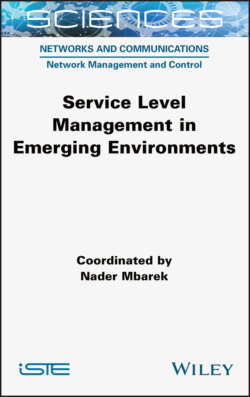Читать книгу Service Level Management in Emerging Environments - Nader Mbarek - Страница 19
1.3.2.2. Smart cities
ОглавлениеIn the context of smart buildings, the IoT offers management systems that can automate control functions through intelligent devices while providing real-time data analysis. Because of the data collected from the IoT objects, it is possible to anticipate needs and preferences in terms of lighting, heating or ventilation. Similarly, this information may relate to security systems, electricity meters or the removal of waste and sewage. Reactivity with respect to these data that are collected through IoT objects allow buildings to adapt to changes and to implement the required modifications in real time, for increased efficiency, and to reduce operational costs. Putting in place smart buildings makes it possible to create smart cities by integrating other IoT devices into different services offered by the city such as transport, water and air quality. Various standardization organizations have focused on this field through working groups that study the standardization of the technologies used. For example, ISO and IEC, through the technical subcommittee JTC1/SC25, have established norms for microprocessor systems and interconnection supports associated with equipment for commercial and residential environments (International Electrotechnical Commission 2018). Further, the IEC white paper (2017a) describes smart buildings and smart cities as being fields of application of the IoT. This paper specifies how to orchestrate the infrastructure required for smart and sustainable cities. Even as these groups establish norms, Nokia (2018) has launched several services and technologies on the market to manage video surveillance, the sensor networks for the IoT, parking and the environment within a smart city. In this context, infrastructure has been proposed with applications that make it possible to transform any contemporary city into a smart city.
